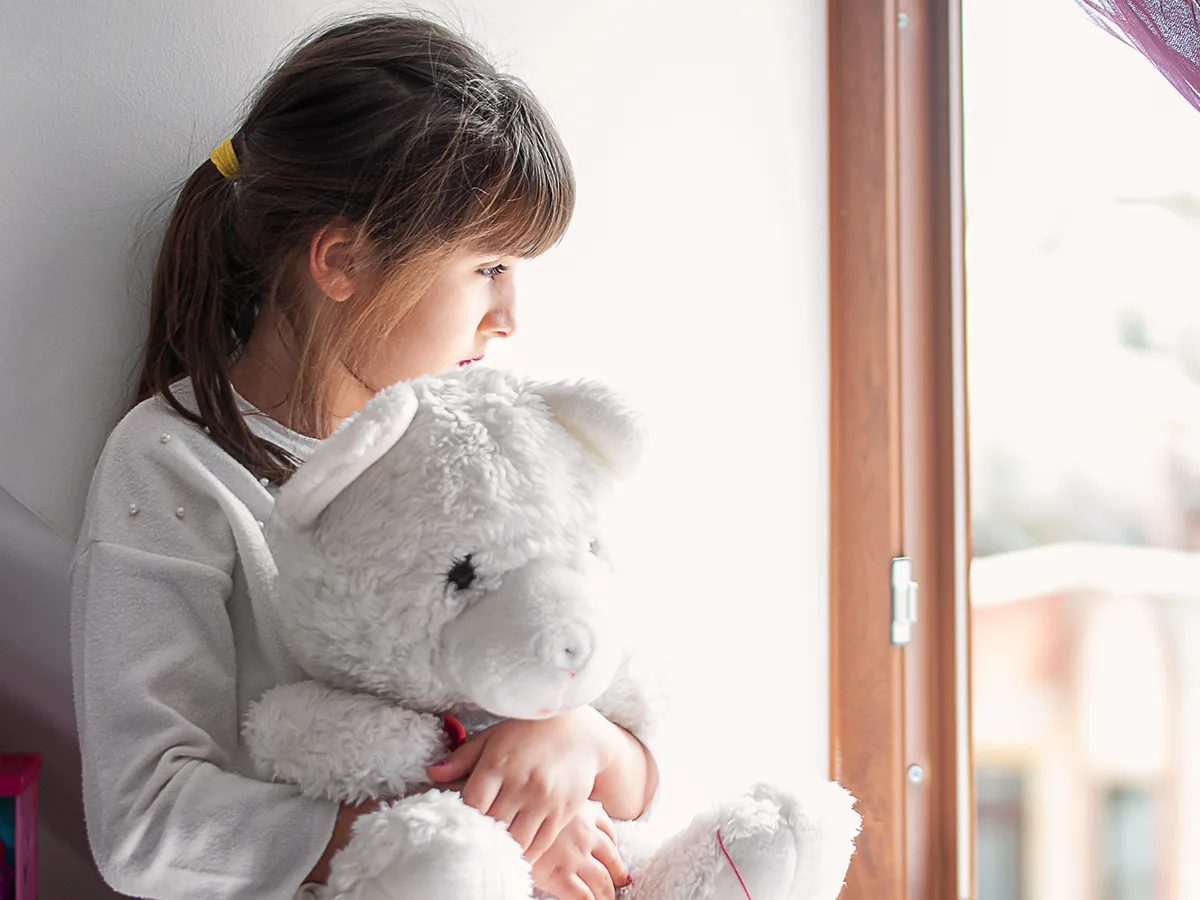Download: Anxiety log to find out why your child gets anxious
Anxiety trackerPDF - 120.1 KB
Anxiety pattern finderPDF - 119.5 KB
Calming strategies worksheetPDF - 118.9 KB
An anxiety log can help you spot patterns in your child’s behavior. And that can make it easier to find strategies to help your child feel less anxious.
Tracking signs of anxiety in your young child or signs of anxiety in your tween or teen can also help you figure out if what you’re seeing is typical anxiety or an anxiety problem.
This anxiety log, created by Understood and CHC, has three pages. Each one includes a filled-out sample. Try using them in this order:
Anxiety tracker. Use the tracker to take notes on when and where your child gets anxious. Think of it as an organized diary.
Anxiety pattern finder. This can help you spot trends based on what you logged in the anxiety tracker. Two to three weeks of entries may be enough to help you find patterns and start looking for ways to ease your child’s anxiety.
Calming strategies worksheet. This worksheet can help you think about what works best for your child. Does your child need to be near you to calm down? Or is it better to have quiet time alone? Your child may have helpful insights, so look for a calm moment to brainstorm together. Filling it out can also help you get ready to talk with your child’s teacher or doctor, if need be.
Keep in mind that all kids feel anxious from time to time. But kids who learn and think differently are more likely to have anxiety. If your child’s anxiety is interfering with everyday life, reach out to your health care provider. Together you can come up with a plan for reducing your child’s anxiety.
Key takeaways
Use this school contact list to see who can help your child cope at school.
Explore growth mindset activities to help your child learn to take on challenges.
Use this contract to get you and your child on the same page about appropriate behavior.






